Mousefolk, The misunderstood vermins
“You laughed when I said I would repay you,” said the Mouse.
“Now you see that even a Mouse can help a Lion.”
—Aesop, The Lion and the Mouse
Never to be looked down upon, the slight, unassuming mousefolk are kindhearted to a fault and possess courage greater than most giants.
Tiny But Brave
Though the tiny, big-eared mousefolk are often overlooked by larger creatures, history is brimming with stories of gallant mouse-knights staring down dragons, crossing blades with warlords, and charging into grand battles. It happens that few histories are written about the valor of mousefolk—and many more should be—yet they make appearances in legend all the same, their bravery cementing their place in history.
Even excluding the long and proud history of mouse-knights, few mousefolk are apt to fear either big folk or monsters. Mousefolk are good to their neighbors and rarely pick fights; after all, most folks can be reasoned with. Those who can’t be reasoned with, however, should rightly fear mousefolk striking at their knees. Mousefolk do not suffer bullies lightly.
Storytellers and Legend-Keepers
The mousefolk language, Rodentia, has no written form, thus mousefolk preserve their history in story and in song passed from elders to children through the generations. Their oral tradition is rich, filled with stories of grand heroics, shrewd tricks, and swooning romance. Indeed, many mousefolk live to see themselves preserved in the legends of their people, their deeds remembered in a grand epic for the ages.
Subraces
Mousefolk are seperated into two main subraces that have perceptively different traits, the mouselings and ratlings, named after the animal they seem to take from.
Mouseling
Mouselings are smaller than their ratling cousins, but are all the more daring. They sport a wide variety of coats, from grey to brown to very rare whites, but all possess large ears and round, black eyes. Though these features often make them look adorable to big folk, most mouselings want nothing more than to be taken seriously. They fancy themselves knights, merchants, minstrels, explorers, and a wide variety of other occupations; only humans rival mouselings for ambition.
Ratling
Often, ratlings stand a full foot taller than their mouseling relatives, with longer tails and more pointed ears. They are tougher, more resistant to poison, and far more stubborn than other mousefolk, but are unquestionably resourceful. When needed, a ratling can escape just about any enclosure that isn’t constructed entirely from metal and stone, a fact which many jailers hold in contempt.
Civilization and Culture
Naming Traditions
Most mousefolk names are derived from Rodentia, the mousefolk language, and are fairly squeaky when pronounced, as a result.
Male Names. Arven, Blodge, Dunfur, Frisk, Jinoree, Phrenik, Reep, Skapp
Female Names. Beeka, Constance, Juniper, Tess, Romsca, Serena, Wincey
Common Customs, Traditions and Rituals
Though ratlings have long abandoned the old ways, a mouseling is never to be seen without a hood. Following ancient tradition, mouselings wear their hoods, which they have sewn themselves, at all times, except in the direst circumstances. A hood is a symbol of wealth and social standing, and is sometimes replaced with hats or other headwear, when appropriate.
Where this tradition originated, none can say, but mouselings hold to it strongly. If one is seen without a hood, it is surely a sign of disgrace and exile, the most personal punishment a village of mouselings can inflict





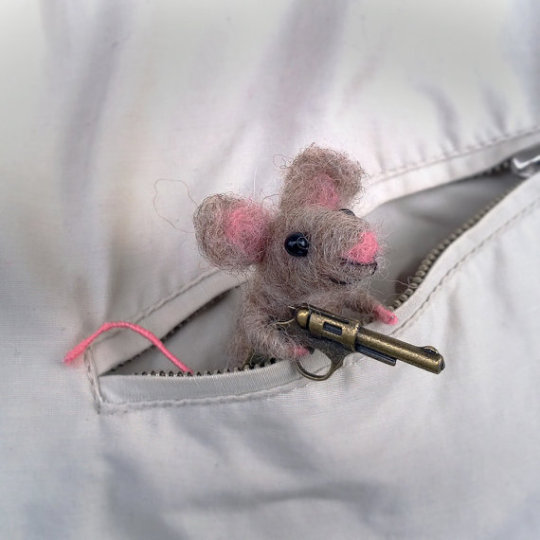
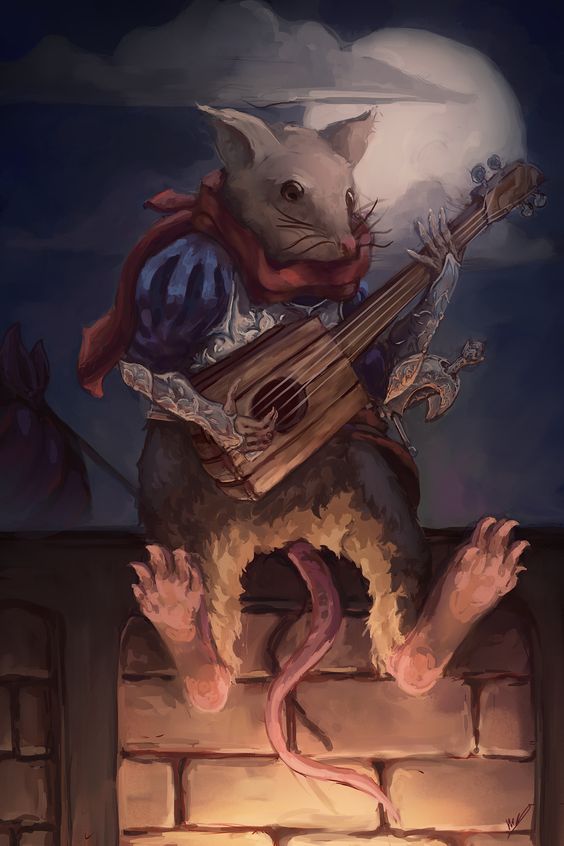
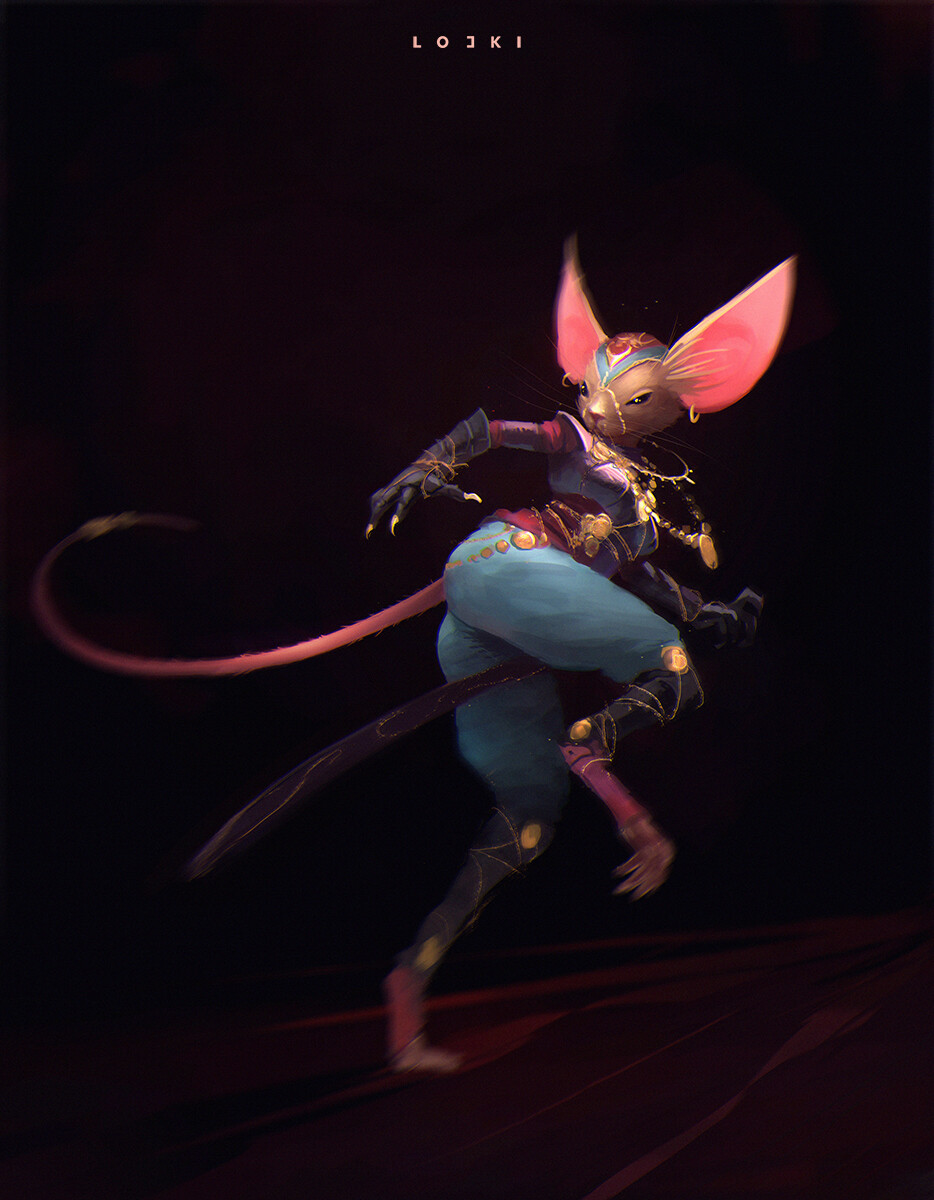
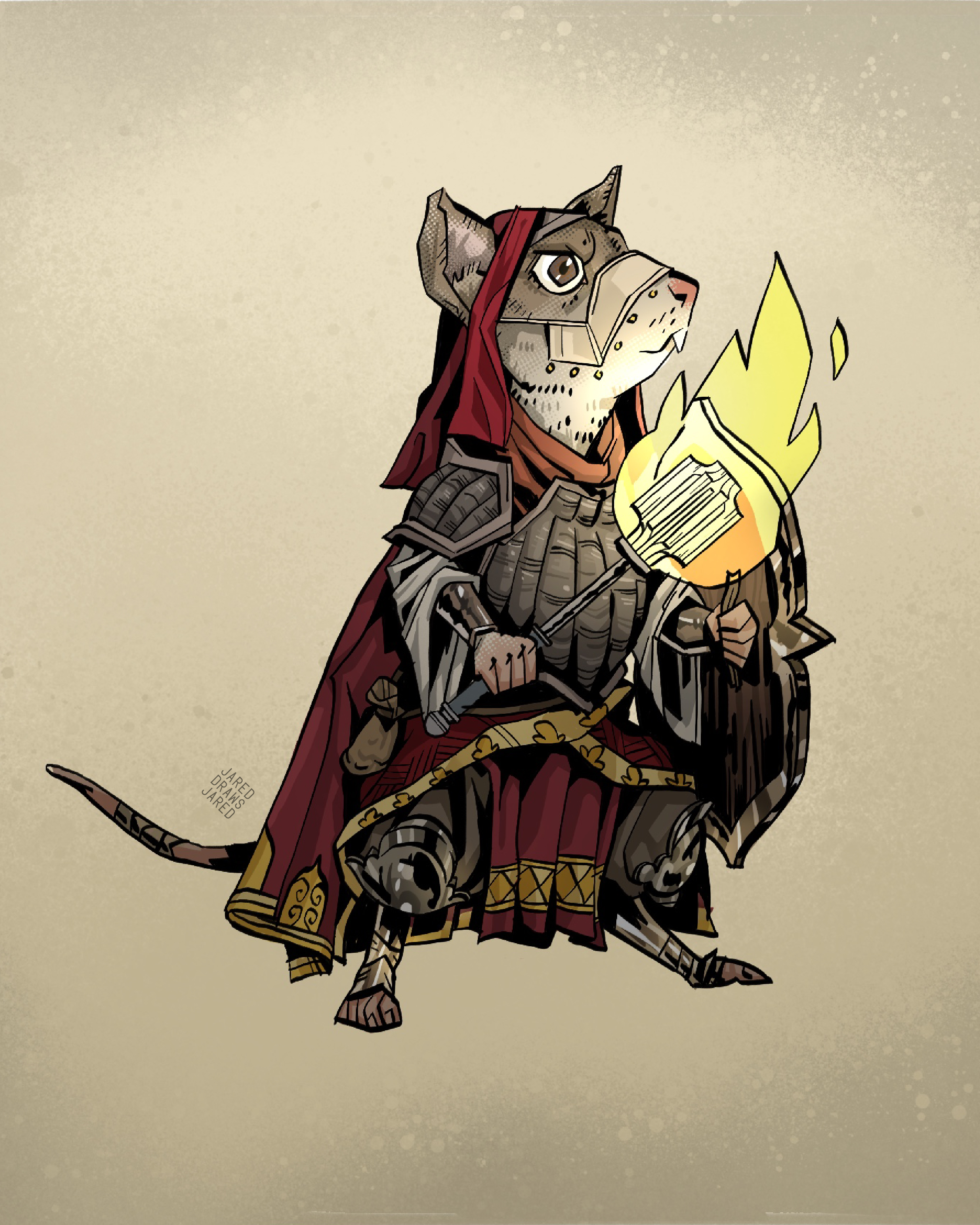
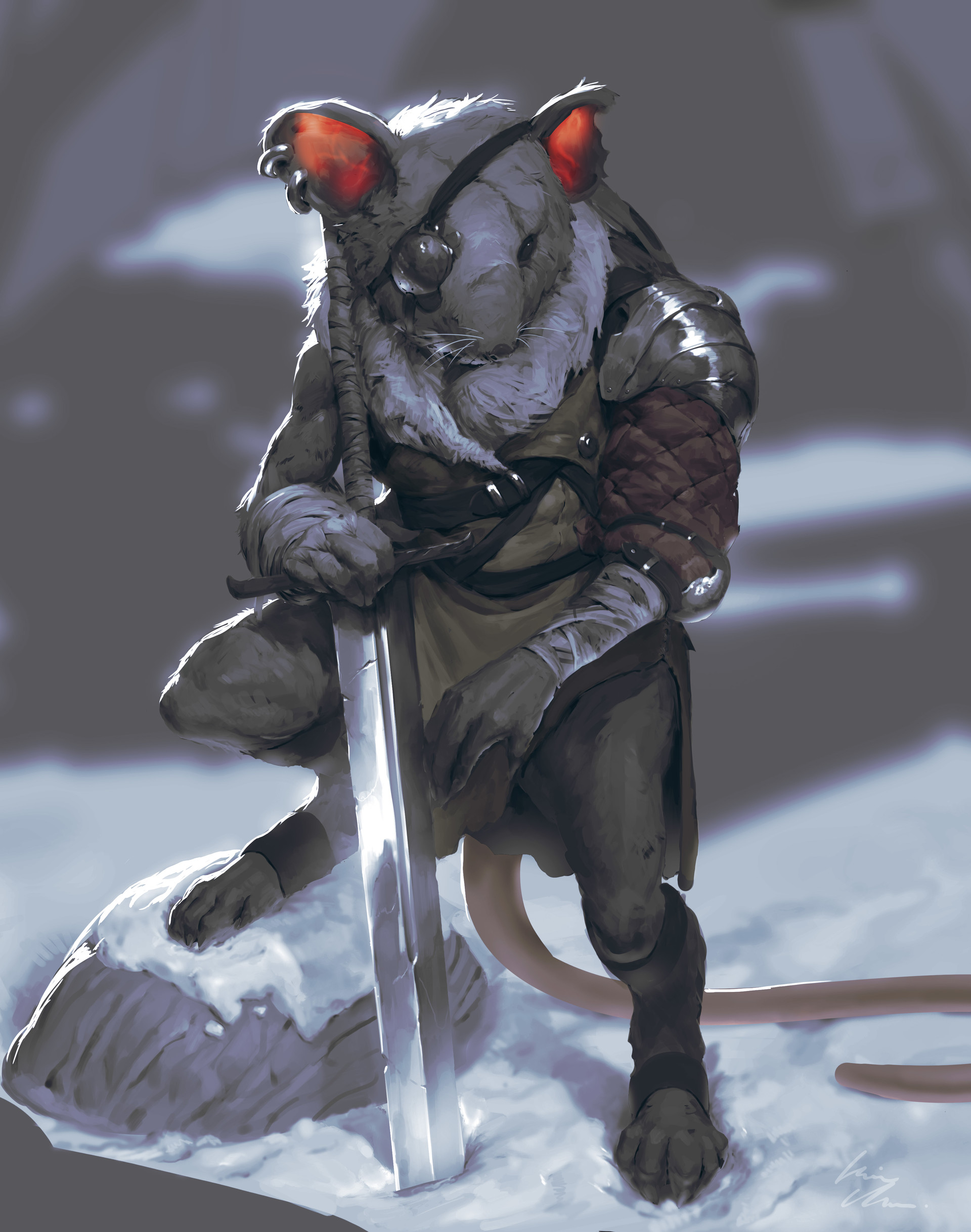
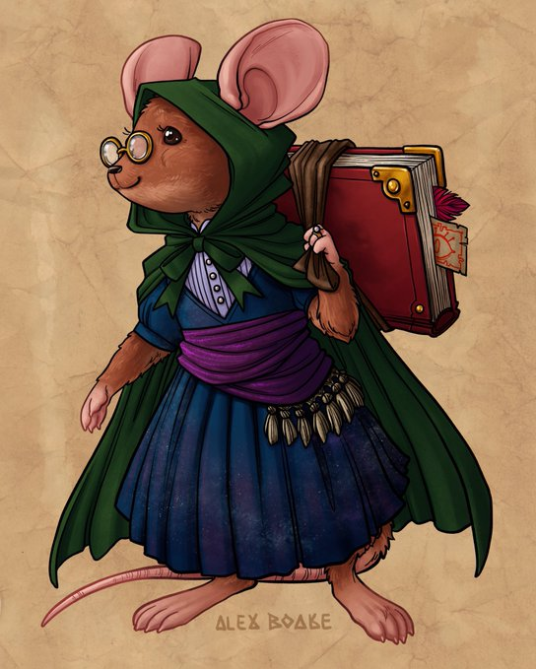
Comments